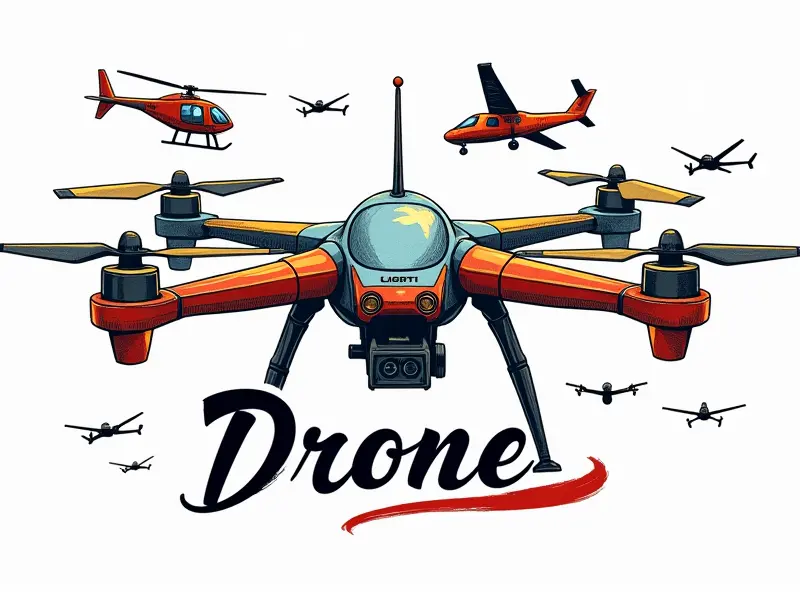Battery C-rating

Understanding C-Rating for RC Batteries
The C-rate of a battery is a crucial specification that determines its ability to deliver high current output. In the realm of radio-controlled (RC) vehicles such as drones, quadcopters, and cars, selecting the appropriate C-rating can significantly affect performance, speed, power delivery, and overall flight time.
How C-Rating Affects RC Performance
The C-rate is a measure of how quickly a battery can discharge its stored energy. It's expressed in multiples of the battery’s capacity (Ah). For instance, if you have a 10 Ah battery with a C-rating of 5C, it means the battery can safely deliver up to 50A of current.
A higher C-rate allows for faster discharge rates, which is essential for high-performance applications like FPV racing drones. Conversely, lower C-ratings are more suitable for longer-duration flights where sustained power delivery is critical.
Choosing the Right C-Rating for Your Drone
Selecting the appropriate C-rating depends on your specific needs and usage scenarios:
- FPV Racing Drones: High-speed racing drones require batteries with high C-ratings to handle rapid discharge rates.
- Multirotor Photography: For aerial photography, a balanced approach is often best. Opt for moderate C-ratings that offer good power delivery without compromising flight time.
Maximizing Flight Time with C-Rating
To extend your drone's flight duration, consider using batteries with lower C-ratings. These batteries typically have higher capacity and can sustain longer discharge times at a steady rate.
However, it’s important to balance this against the power requirements of your drone. If your drone needs high current for sustained performance, compromising on C-rating might not be feasible.
Optimal C-Rating for FPV Racing Drones
FPV racing drones demand batteries that can deliver peak currents instantaneously. A typical recommendation is to use a battery with a 45C or higher rating to ensure reliable performance during high-speed maneuvers and rapid acceleration.
Common Mistakes in C-Rating Selection
- Picking the wrong balance: Overlooking the need for both power delivery and flight duration can lead to suboptimal performance.
- Ignoring battery capacity: Focusing solely on high C-ratings without considering overall capacity may result in insufficient energy storage.
The Impact of C-Rating on Speed and Power
A higher C-rating translates to better power delivery, enabling faster speeds and more responsive control. However, it also means a shorter discharge time due to the rapid depletion of stored energy.
Beginner's Guide to Battery C-Rating
For beginners, understanding the basics is key:
- Determine your needs: Assess whether you prioritize speed or endurance in your RC applications.
- Research and compare: Look at different battery models and their C-ratings to find one that suits your requirements.
Boosting Speed and Power with High C-Rating
To enhance the performance of your RC vehicle, opt for batteries with high C-ratings. This will allow your drone or car to accelerate quickly and maintain peak speeds throughout its operation.
The Impact of C-Rating on RC Speed
A higher C-rating enables faster discharge rates, which is crucial for achieving optimal speed in competitive settings like FPV racing. However, it's important not to sacrifice battery life entirely in pursuit of maximum performance.
Advanced Tips for C-Rating Optimization
- Battery Management: Implement a robust battery management system (BMS) to monitor and regulate discharge rates.
- Tuning Propellers: Adjust propeller size and pitch according to your chosen C-rating for optimal performance.
Conclusion
Selecting the right C-rating is essential for optimizing RC battery performance. By understanding how different C-ratings affect speed, power delivery, and flight duration, you can make informed decisions that enhance both the capabilities of your RC vehicle and your overall experience as an enthusiast.

